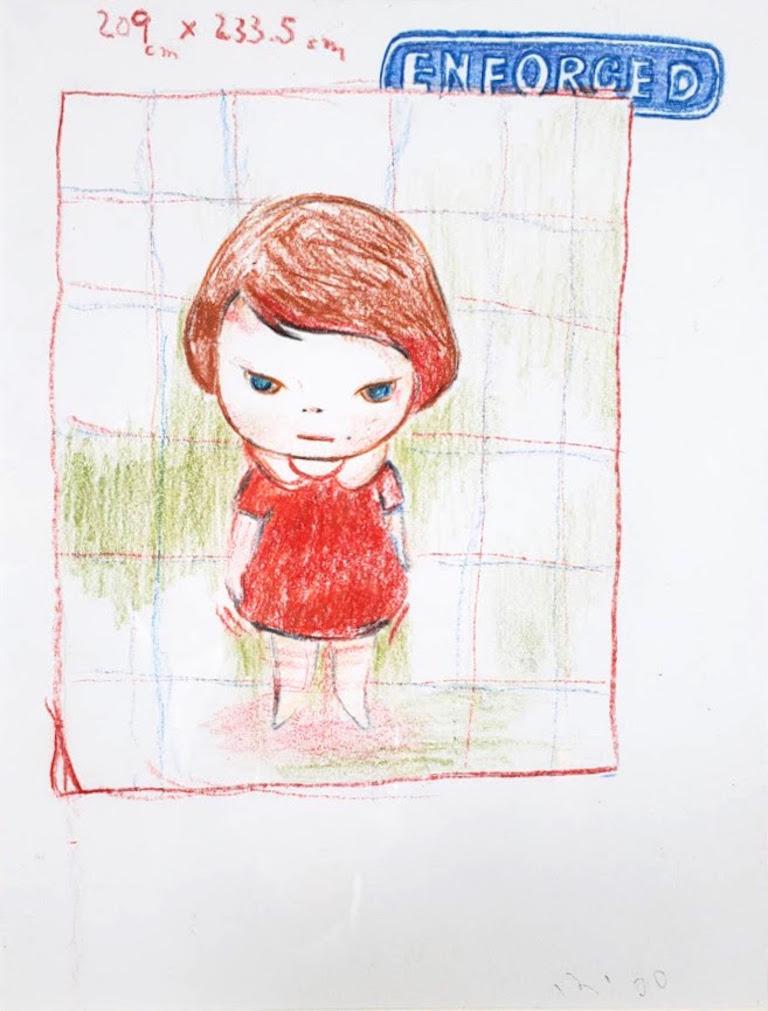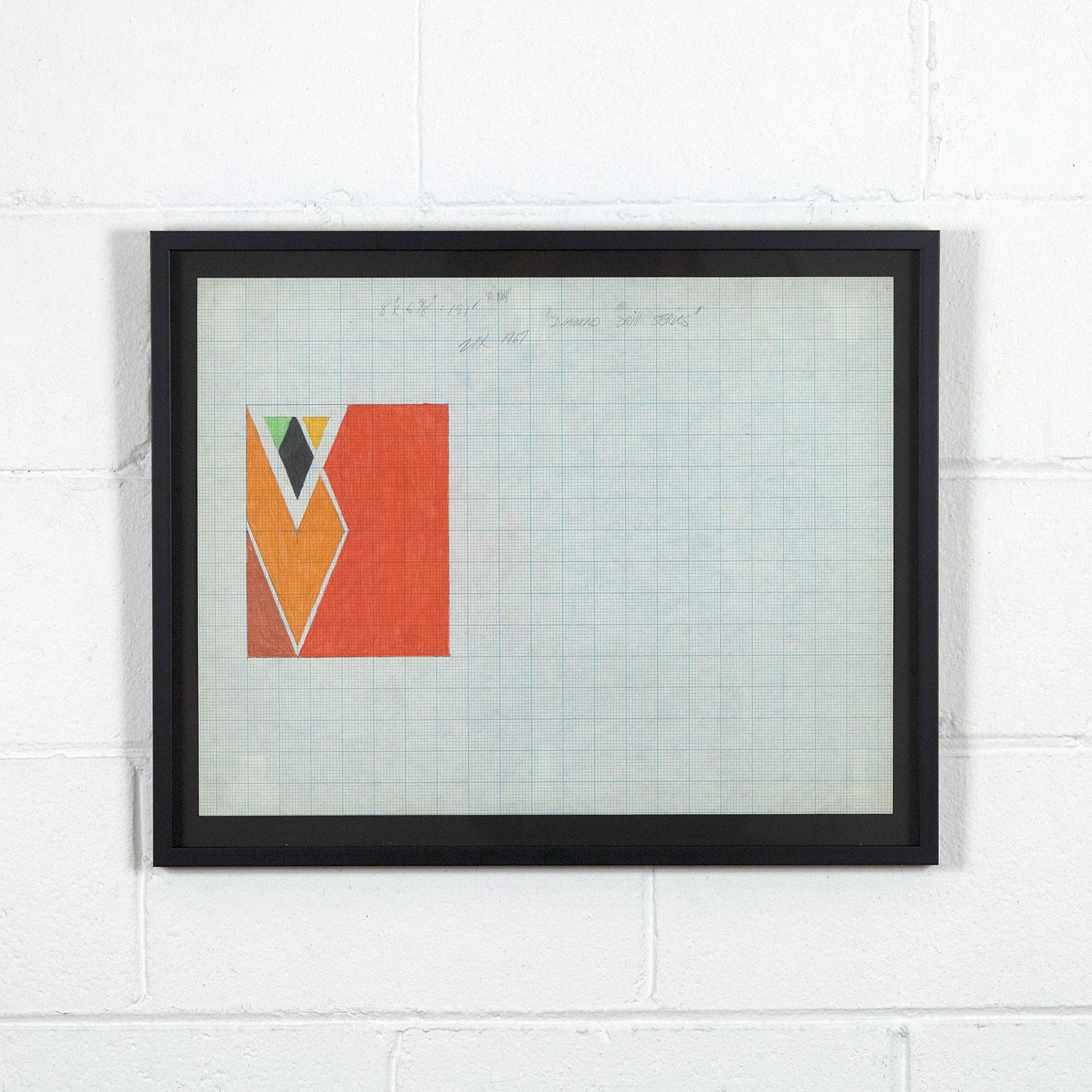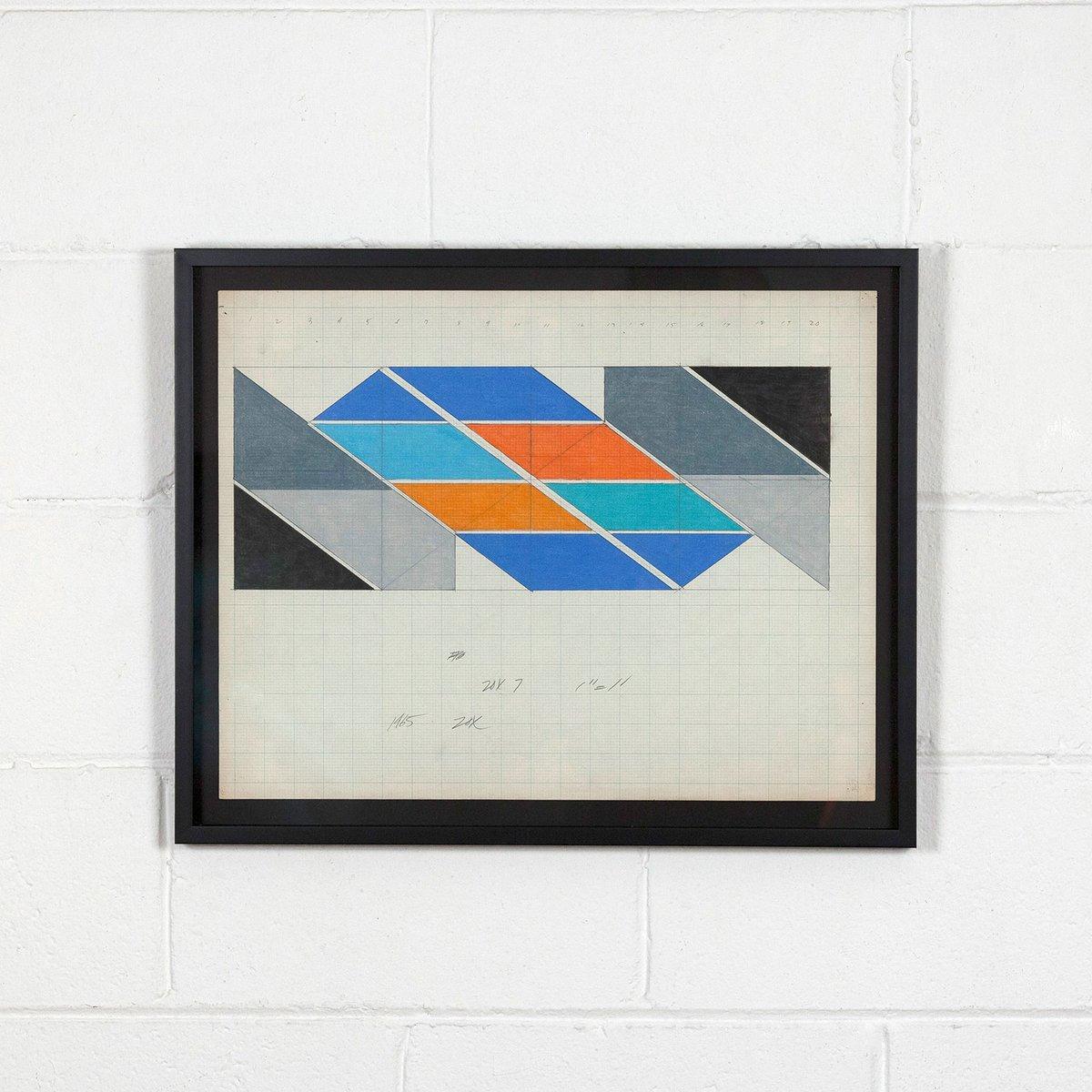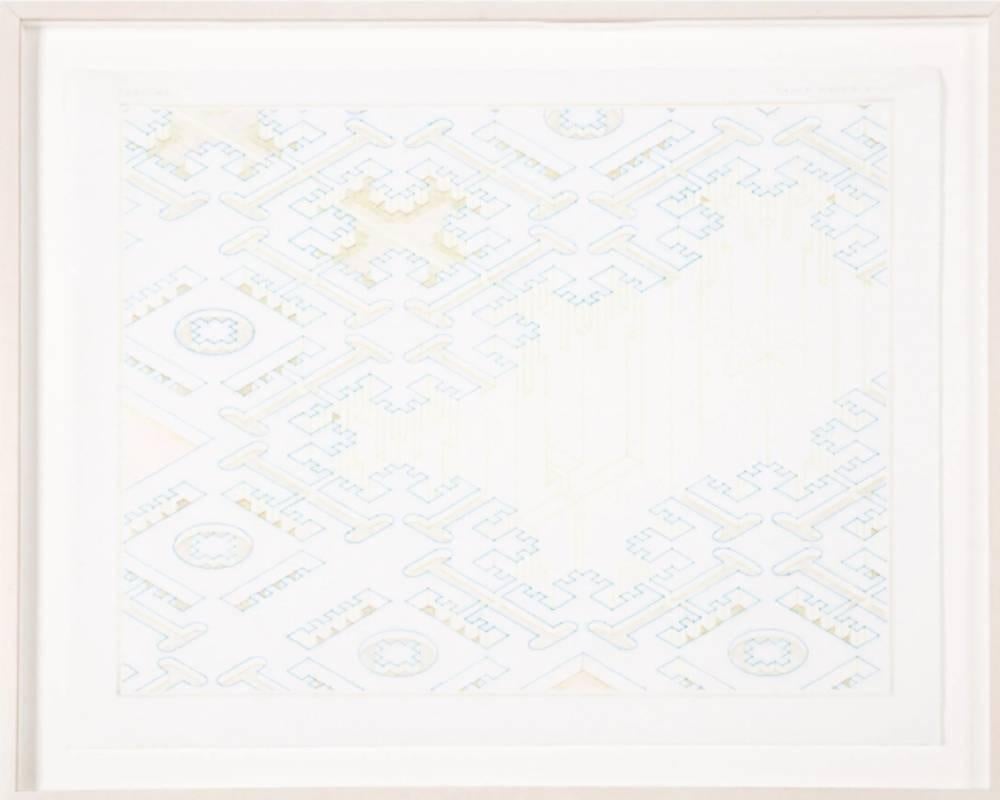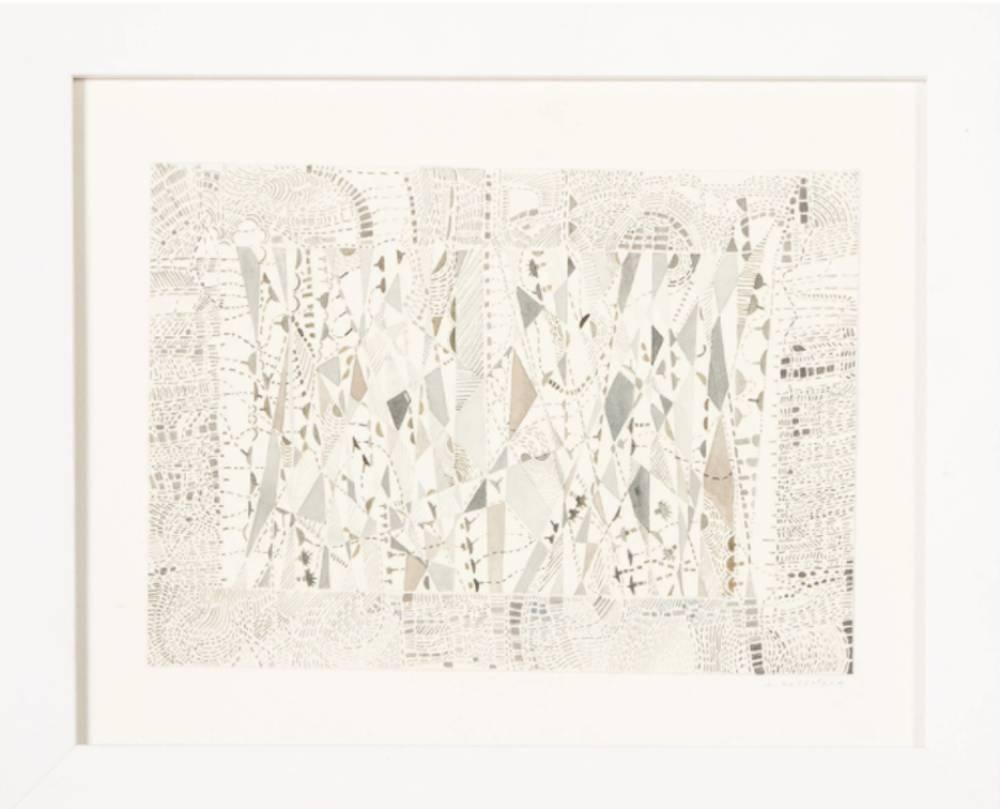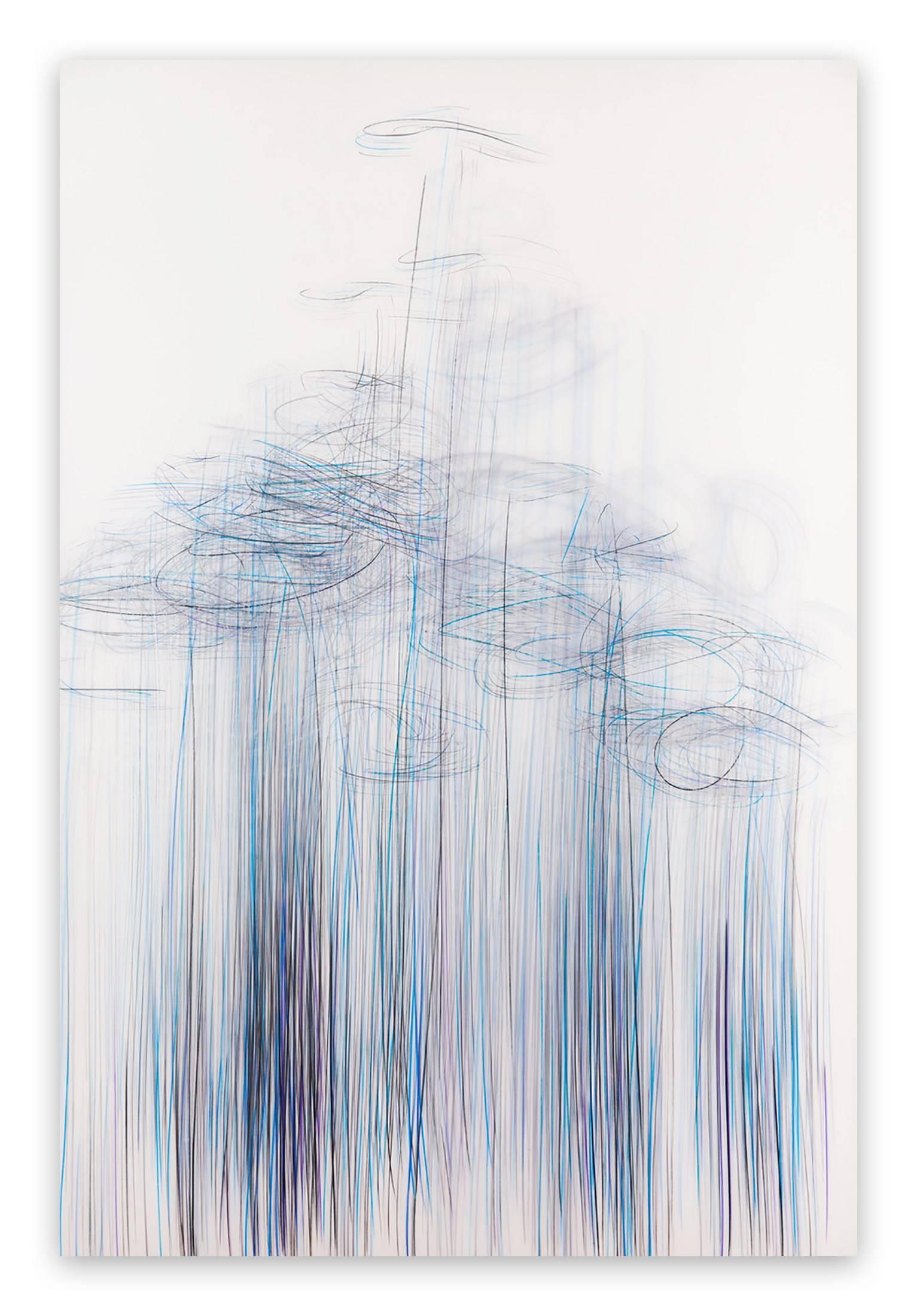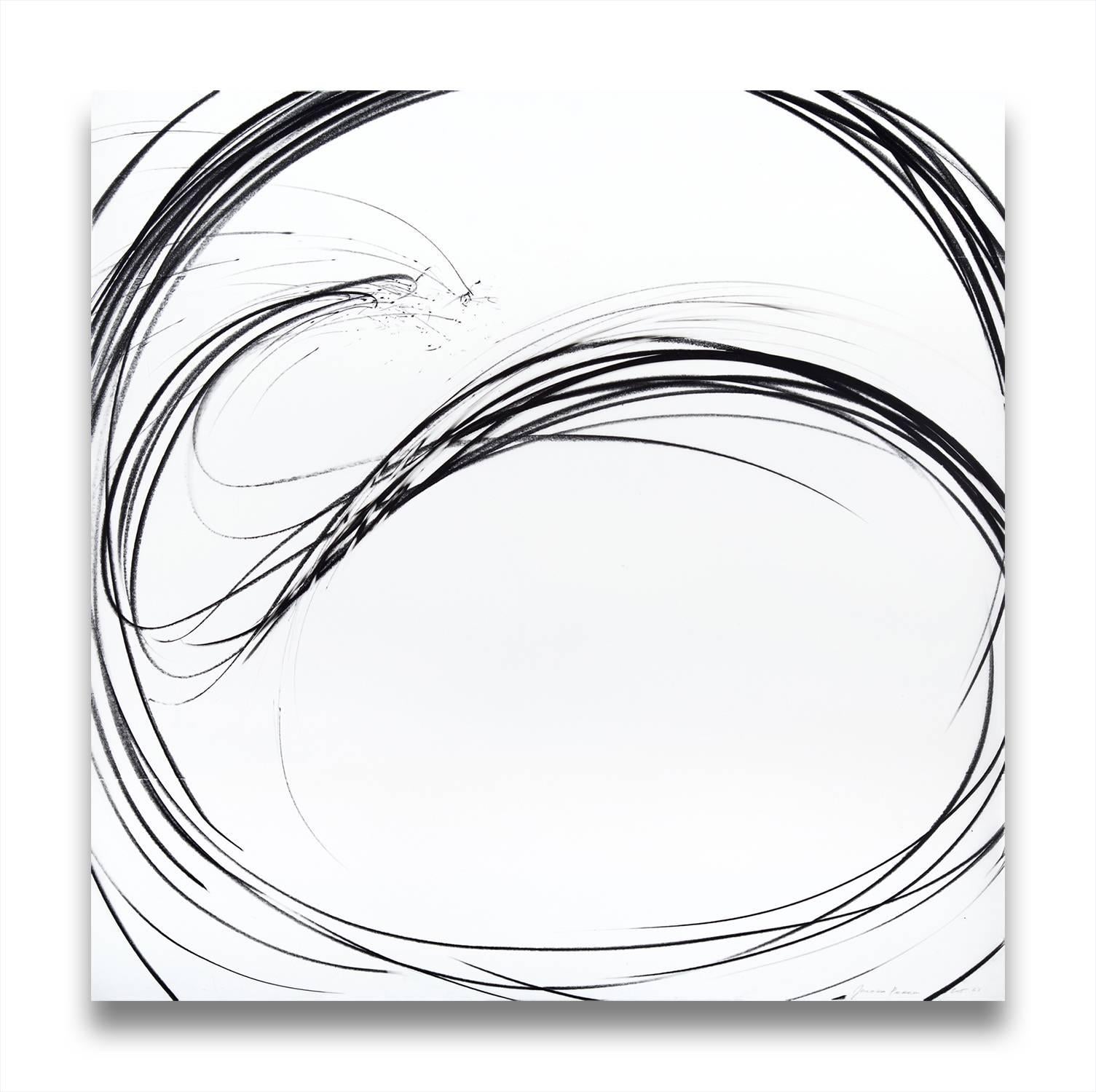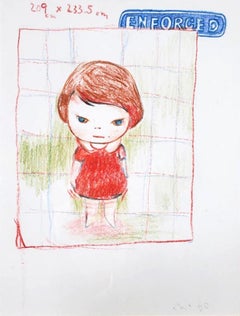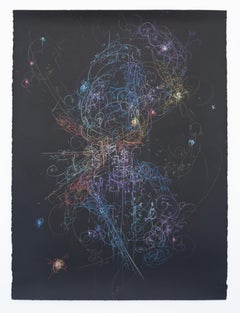
blow up 346 - subatomic decay patterns and and star forming region SL106 IRS4
View Similar Items
1 of 5
Kysa Johnsonblow up 346 - subatomic decay patterns and and star forming region SL106 IRS42018
2018
About the Item
- Creator:
- Creation Year:2018
- Dimensions:Height: 30 in (76.2 cm)Width: 22 in (55.88 cm)
- Medium:
- Period:
- Condition:
- Gallery Location:New York, NY
- Reference Number:1stDibs: LU1775945302
You May Also Like
- Magic Carpet Ride 2 (9"x12" Navajo Rug Art, Geometric, Black, White, Brown)By Andrea Stajan-FerkulLocated in Mississauga, OntarioThis detailed artwork on paper puts emphasis on design and composition. A Navajo inspired rug motif is created using traditional design elements with a contemporary outcome. Symmetry...Category
2010s Contemporary Abstract Drawings and Watercolors
MaterialsColor Pencil, Paper, Acrylic, Permanent Marker, Pencil
- EnforcedBy Yoshitomo NaraLocated in New York, NY2000 Colored pencil on paper S. 11 x 8 1/2 in. Unique Signed and dated in pencil, lower margin FramedCategory
Early 2000s Pop Art Abstract Drawings and Watercolors
MaterialsPaper, Color Pencil
Price Upon Request - Brigitte Parusel, Geometric Relationships #1, _2022, Paper, Pencil, Color PencilBy Brigitte ParuselLocated in Darien, CTBrigitte Parusel's works are underlined by an emphasis on experimentation and her interest in working within the limitations of a system. Her drawings are part of an ongoing exploration of a geometric pattern of interconnected circles. The pattern is the basis for her large-scale installations, spatial sculptures and folded works. The drawings explore the geometric relationship of the patterns components and its potential as a blueprint for constructing form, shape and structure. Brigitte Parusel's animation 'After Albers...Category
2010s Bauhaus Abstract Drawings and Watercolors
MaterialsPaper, Pencil, Color Pencil
- Larry Zox "Diamond Drill Series" DrawingBy Larry ZoxLocated in Toronto, OntarioLarry Zox (1937-2006) was a central figure in the evolution of abstraction in American art of the 20th century. Raised in Des Moines, Iowa, Zox studied at the University of Oklaho...Category
1960s Abstract Geometric Abstract Drawings and Watercolors
MaterialsPaper, Color Pencil
- Larry Zox "Edmonton"By Larry ZoxLocated in Toronto, OntarioLarry Zox (1937-2006) was a central figure in the evolution of abstraction in American art of the 20th century. He played an essential role in the Color Field discourse of the 1960s...Category
1960s Abstract Expressionist Abstract Drawings and Watercolors
MaterialsColor Pencil
- Two Wood Ducks on a Flowering BranchBy Joseph StellaLocated in New York, NYJoseph Stella was a visionary artist who painted what he saw, an idiosyncratic and individual experience of his time and place. Stella arrived in New York in 1896, part of a wave of Italian immigrants from poverty-stricken Southern Italy. But Stella was not a child of poverty. His father was a notary and respected citizen in Muro Locano, a small town in the southern Appenines. The five Stella brothers were all properly educated in Naples. Stella’s older brother, Antonio, was the first of the family to come to America. Antonio Stella trained as a physician in Italy, and was a successful and respected doctor in the Italian community centered in Greenwich Village. He sponsored and supported his younger brother, Joseph, first sending him to medical school in New York, then to study pharmacology, and then sustaining him through the early days of his artistic career. Antonio Stella specialized in the treatment of tuberculosis and was active in social reform circles. His connections were instrumental in Joseph Stella’s early commissions for illustrations in reform journals. Joseph Stella, from the beginning, was an outsider. He was of the Italian-American community, but did not share its overwhelming poverty and general lack of education. He went back to Italy on several occasions, but was no longer an Italian. His art incorporated many influences. At various times his work echoed the concerns and techniques of the so-called Ashcan School, of New York Dada, of Futurism and, of Cubism, among others. These are all legitimate influences, but Stella never totally committed himself to any group. He was a convivial, but ultimately solitary figure, with a lifelong mistrust of any authority external to his own personal mandate. He was in Europe during the time that Alfred Stieglitz established his 291 Gallery. When Stella returned he joined the international coterie of artists who gathered at the West Side apartment of the art patron Conrad Arensberg. It was here that Stella became close friends with Marcel Duchamp. Stella was nineteen when he arrived in America and studied in the early years of the century at the Art Students League, and with William Merritt Chase, under whose tutelage he received rigorous training as a draftsman. His love of line, and his mastery of its techniques, is apparent early in his career in the illustrations he made for various social reform journals. Stella, whose later work as a colorist is breathtakingly lush, never felt obliged to choose between line and color. He drew throughout his career, and unlike other modernists, whose work evolved inexorably to more and more abstract form, Stella freely reverted to earlier realist modes of representation whenever it suited him. This was because, in fact, his “realist” work was not “true to nature,” but true to Stella’s own unique interpretation. Stella began to draw flowers, vegetables, butterflies, and birds in 1919, after he had finished the Brooklyn Bridge series of paintings, which are probably his best-known works. These drawings of flora and fauna were initially coincidental with his fantastical, nostalgic and spiritual vision of his native Italy which he called Tree of My Life (Mr. and Mrs. Barney A. Ebsworth Foundation and Windsor, Inc., St. Louis, illus. in Barbara Haskell, Joseph Stella, exh. cat. [New York: Whitney Museum of American Art, 1994], p. 111 no. 133). Two Wood Ducks...Category
20th Century American Modern Still-life Drawings and Watercolors
MaterialsColor Pencil
